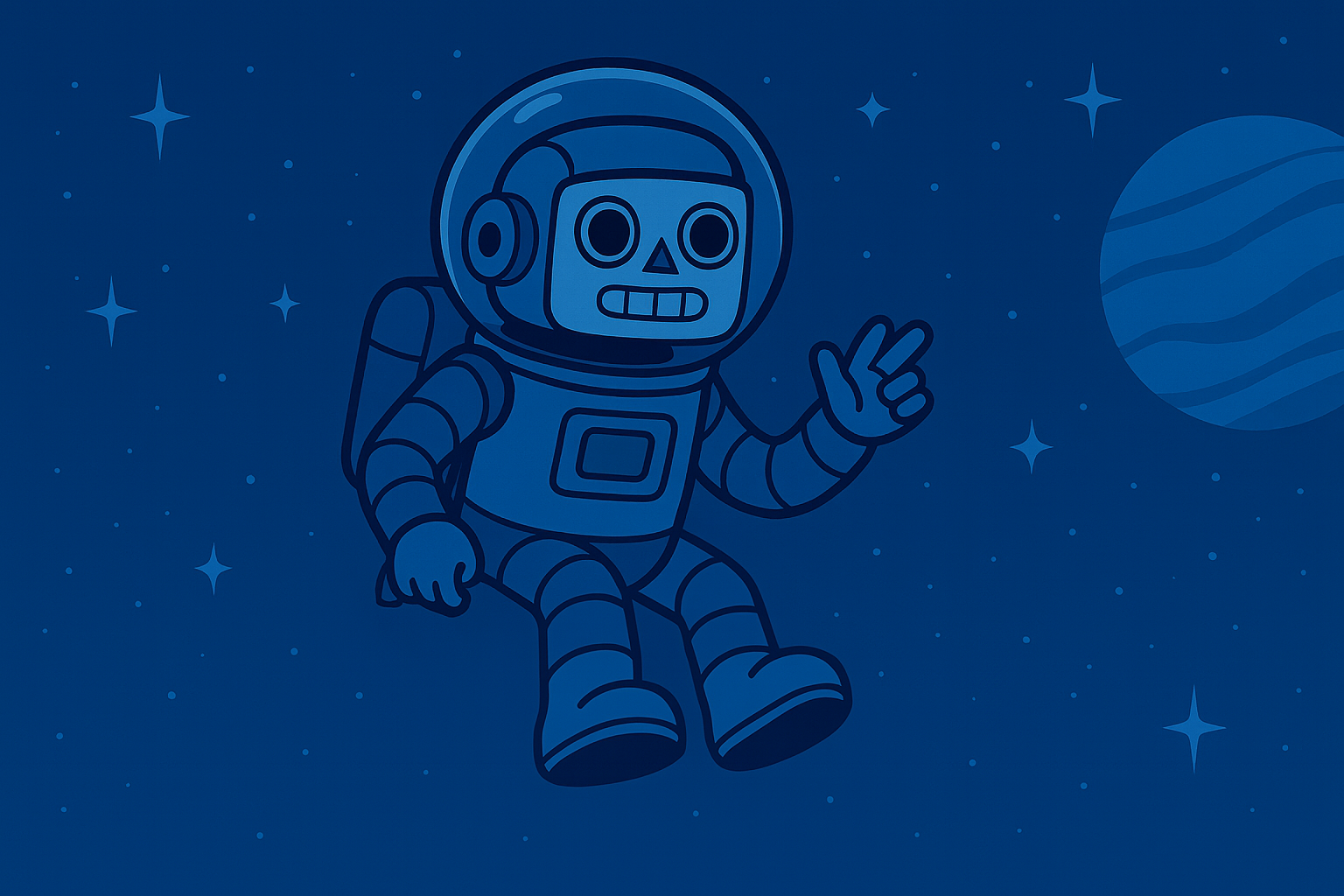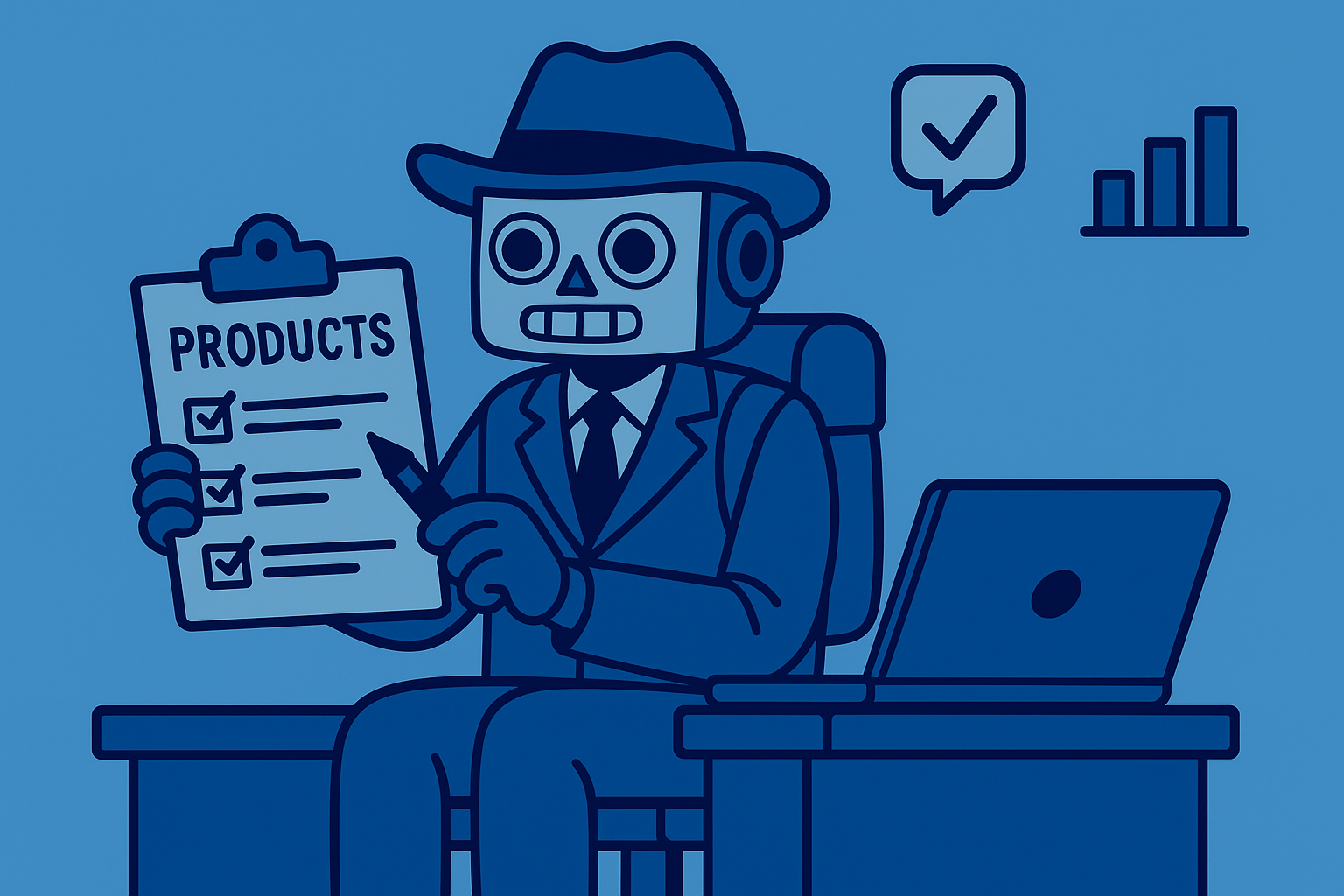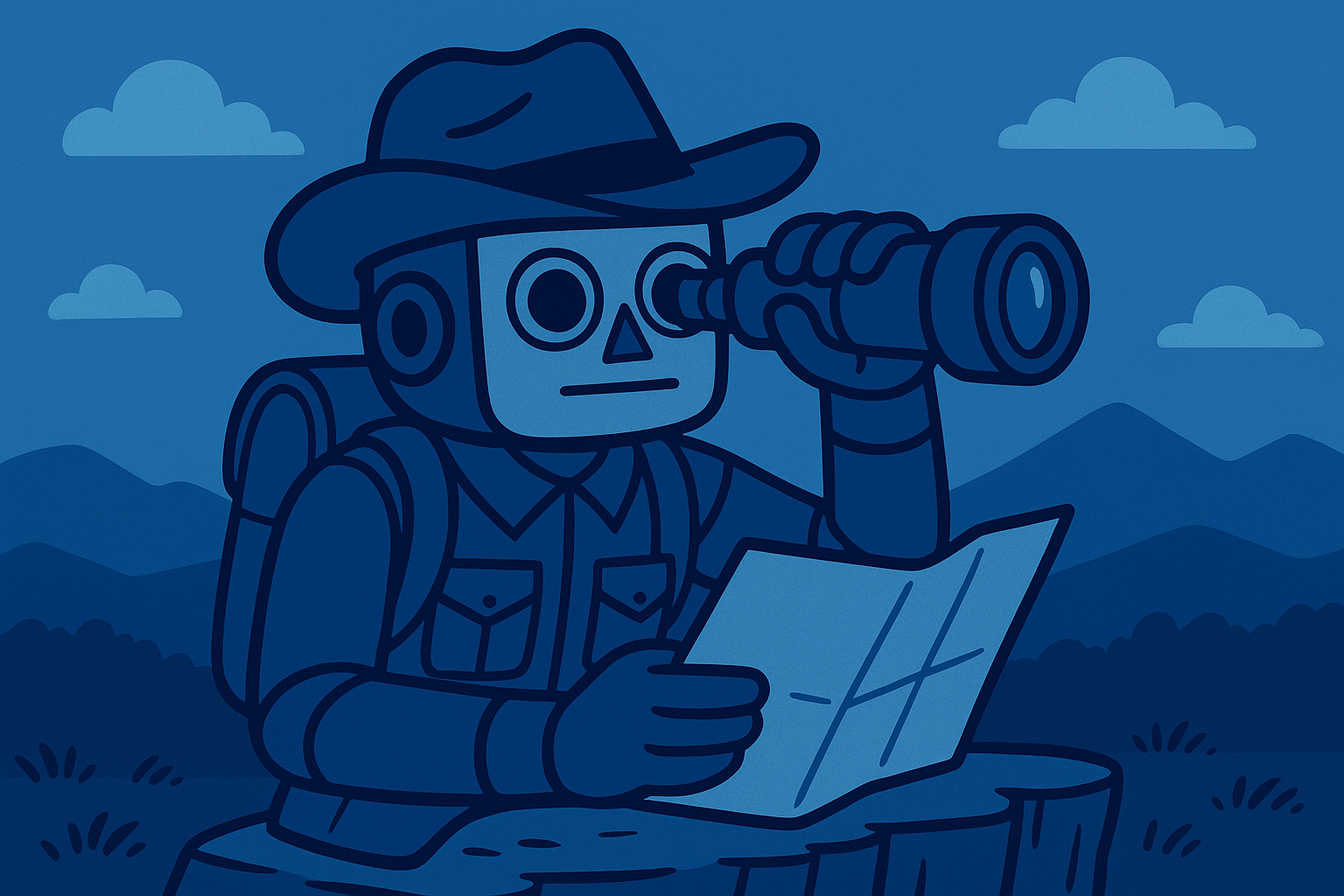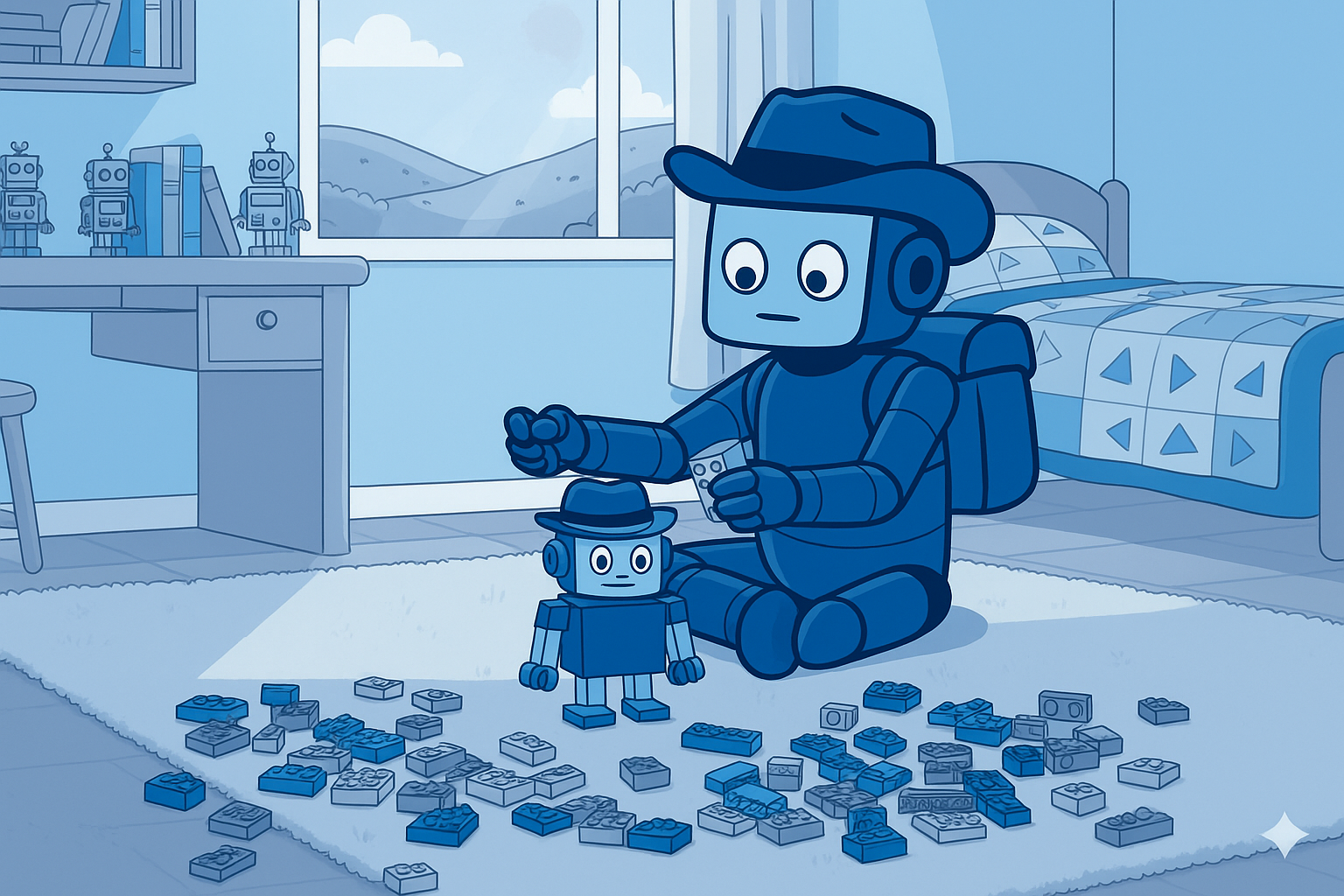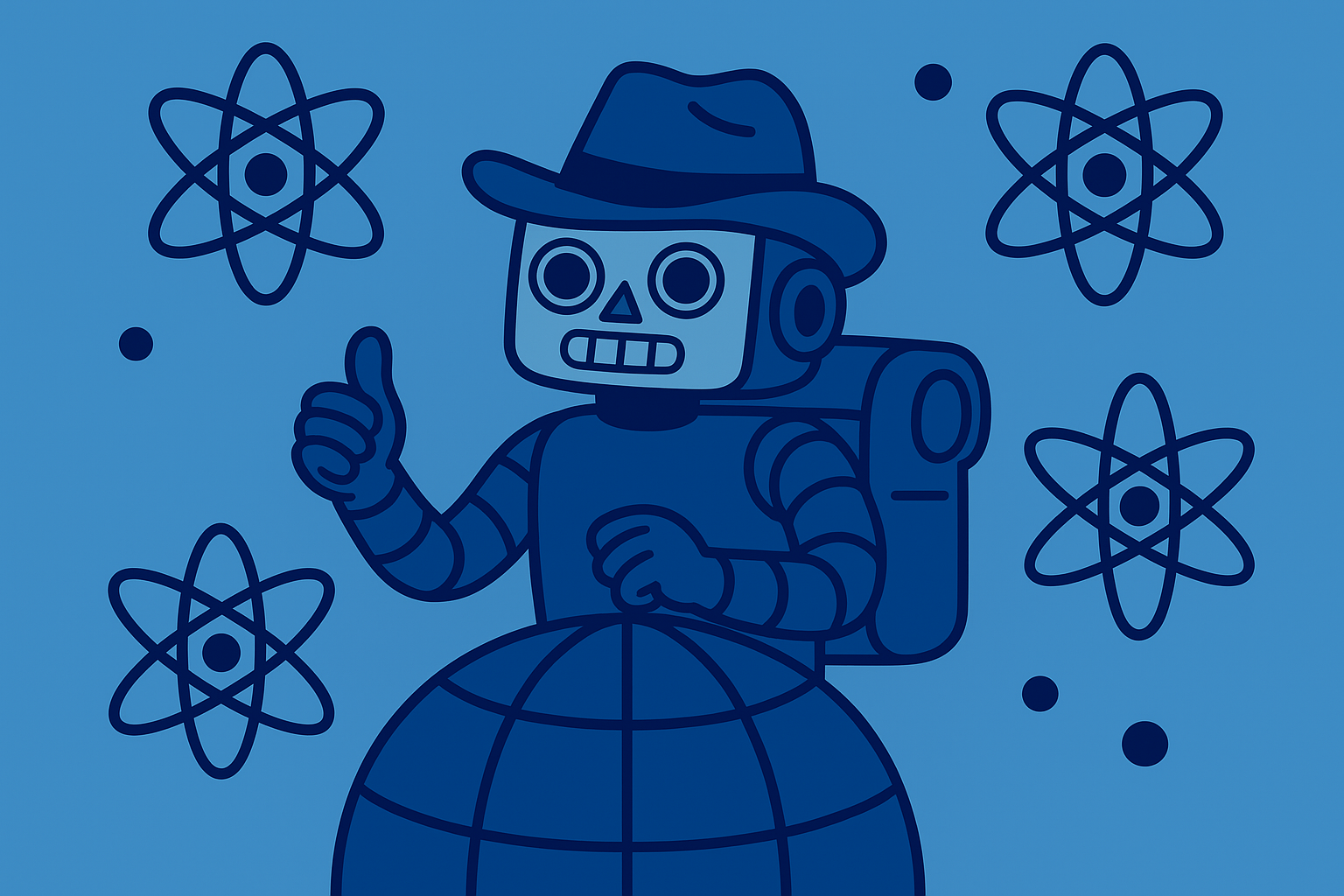
LangGraph vs. Atomic Agents: Graph Orchestration vs. Modular Control
The landscape of AI development shifted dramatically in 2024. Developers moved away from simple, linear chains toward complex, autonomous workflows capable of iterative reasoning. As the demand for "agentic" AI grows, two distinct paradigms have emerged to handle the complexity: LangGraph and Atomic Agents.
LangGraph, developed by the

